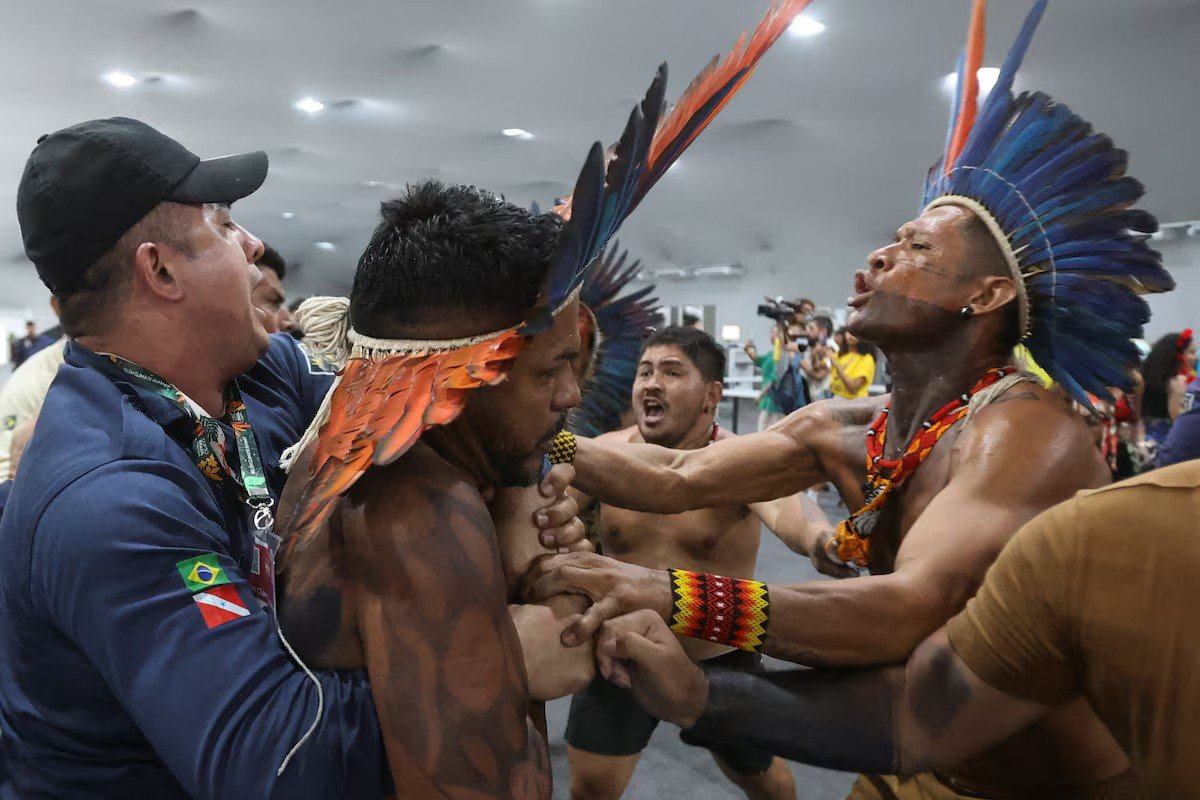
Dhaka, November 12, 2025 (EP Desk) - With Day 2 of COP30 underway, the atmosphere in Belém has shifted from formal opening proceedings into the heart of negotiation and side-event activity. Delegates are increasingly engaged, side-events are drawing attention, and the undercurrent of urgency is unmistakable.
Key Developments
• The agenda is now active: most negotiation tracks have begun informal consultations on major items like finance obligations under Article 9.1, carbon markets, and updated NDCs.
• The latest analyses show that, based on 113 parties’ submitted NDCs to date, global greenhouse-gas emissions are projected to fall about 12% by 2035 relative to 2019, while scientists say cuts of ~60% are required to maintain the 1.5 °C goal.
• The momentum is visible: an uptick in side-event attendance, lobby meetings, and corridor conversations suggests the summit is shifting from stage-setting to action.
Featured Side Events
• Multilevel Governance & Cities: A major session launched the “Plan to Accelerate the Solution (PAS)” under the umbrella of multilevel governance (CHAMP). The event unveiled how national, regional and local governments will coordinate climate action and mobilize investment.
• Carbon Markets & Compliance Coalition: Brazil announced the formation of an “Open Coalition on Compliance Carbon Markets,” endorsed by up to 18 jurisdictions. The initiative aims to align carbon-market rules and strengthen integrity across jurisdictions.
• Health, Justice & Indigenous Voices: A side-event organized by civil-society groups brought together frontline communities and Indigenous leaders. They stressed that the climate crisis is already a lived reality. One remark: “Small Island States say the 1.5 °C target is a lifeline.”
Key Observations
• The shift to implementation is more prominent today (Day 2): the narrative is less about new pledges and more about how to deliver on existing ones.
• The divergence between ambition and what’s technically feasible remains a major point of pressure — particularly for vulnerable countries looking for real action, not just rhetoric.
• The inclusion of issues like urban governance, multilevel coordination, and nature/justice suggests that COP30 is expanding beyond traditional emission-cut dialogues.
• However, foundational issues remain unresolved: sizeable climate finance, fossil fuel phase-out timelines, and full participation of major emitters are still urgent gaps.
What to Watch in Coming Days
• Will the multilevel governance frameworks (like PAS/CHAMP) yield concrete commitments or remain aspirational?
• Will major finance announcements come, particularly for adaptation, loss & damage, and nature-based solutions — and will they carry conditions for integrity and justice?
• How will carbon-market negotiations proceed? Will the compliance coalition spark meaningful agreements on rules and use of credits?
• Will the voices of Indigenous and frontline communities translate into formal negotiation outcomes or remain marginalized?
Day 2 of COP30 in Belém has seen increased activity, deeper engagement and a clearer focus on how to make things happen. The challenge now is turning that momentum into measurable and accountable results — especially for the world’s most vulnerable.



